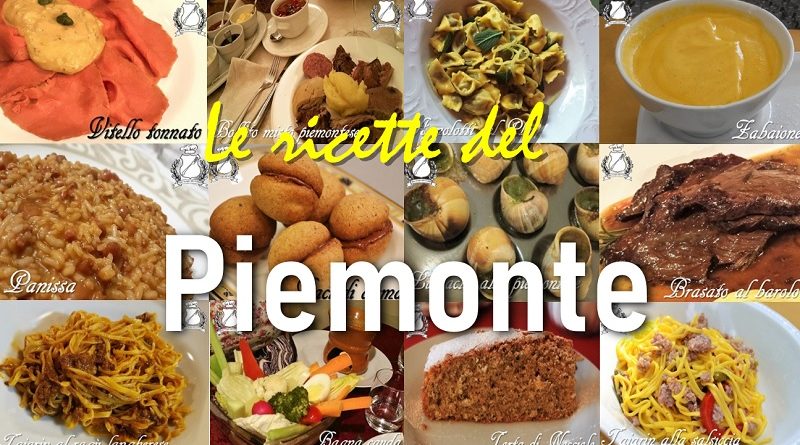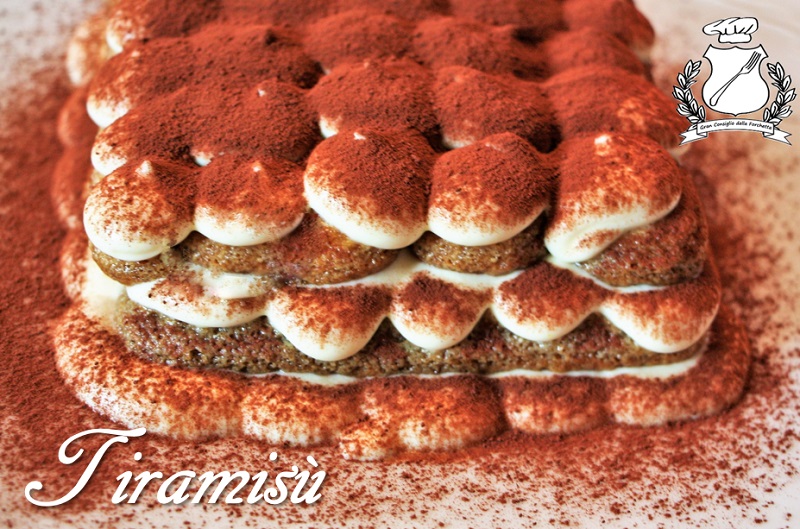
The Traditional Recipes of Piedmont

Typical recipes of Piedmont
Piedmontese cuisine, or the religion of butter and wine. The Piedmontese, reasoning by innate propensities, loves butter and wine and cooks with butter (or milk or cheese, otherwise it’s not soup) and with wine, a cuisine that expands and becomes peaceful, ready to console, to give those joys that career or office or wife deny.
Suffice it to recall the fondue, the gnocchi alla bava, the agnulot; from mixed fry to batsoà, from hunting salmì to stews cooked in red wine, a whole range of dishes, certainly very different, which have, if anything, the least common denominator, and require the presence, either of butter, or of wine to cheer.
Ready-to-eat dishes both for butter and, and better still, for wine, it should be noted that Piedmont also welcomes wines, even large ones, even placid ones; always, including those who, in the strict language of the initiates, we say austere and are, like the vinedresser who gave them life, truly reasoning.
Austere because removed from the placid meditation of the cellar; keep them in the mouth, rotate them between the tongue and the palate, play them in the back of the mouth and here, Barolo or Gattinara, Freisa or Barbera, Carema or Lessona, and so on, expand and give themselves like the cocottina upstairs.
When the oil peeps out, and you have the typical example, more than veal with tuna sauce, immediate and convincing in bagna cauda, you immediately recognize and discover the imperious role of necessity (peasant food: warmed up by the hard work of the vineyard, they add warmth with that poor but exciting concoction of bagna cauda).
Piedmont has a very rich series of both natural specialties, such as rice and vegetables, including the famous asparagus of Santena, Cambiano and Parone; the cabbages of Carvarolo, the leeks of Morano), the fruits (among which the famous cherries of Pecetto Torinese, the peaches of Baldissero. The white truffles, more precious, and blacks, and the mushrooms.
Specialties among the acquired (for man’s ingenuity) the breadsticks; we are referring, it goes without saying, to the hand-rolled types, called rubatà, (the term simply indicates a type of bread common in the Turin bakery, such as fransseis, lavà, etc.). Almost disappeared from the market when it was believed that industry should prevail, we see them reappearing day after day in the bakers’ windows.

The desserts of Piedmont deserve particular note, in fact there is not a single country that does not boast its own specialty. We will mention the baci di dama del tortorese, small almond pastries combined with melted chocolate.


